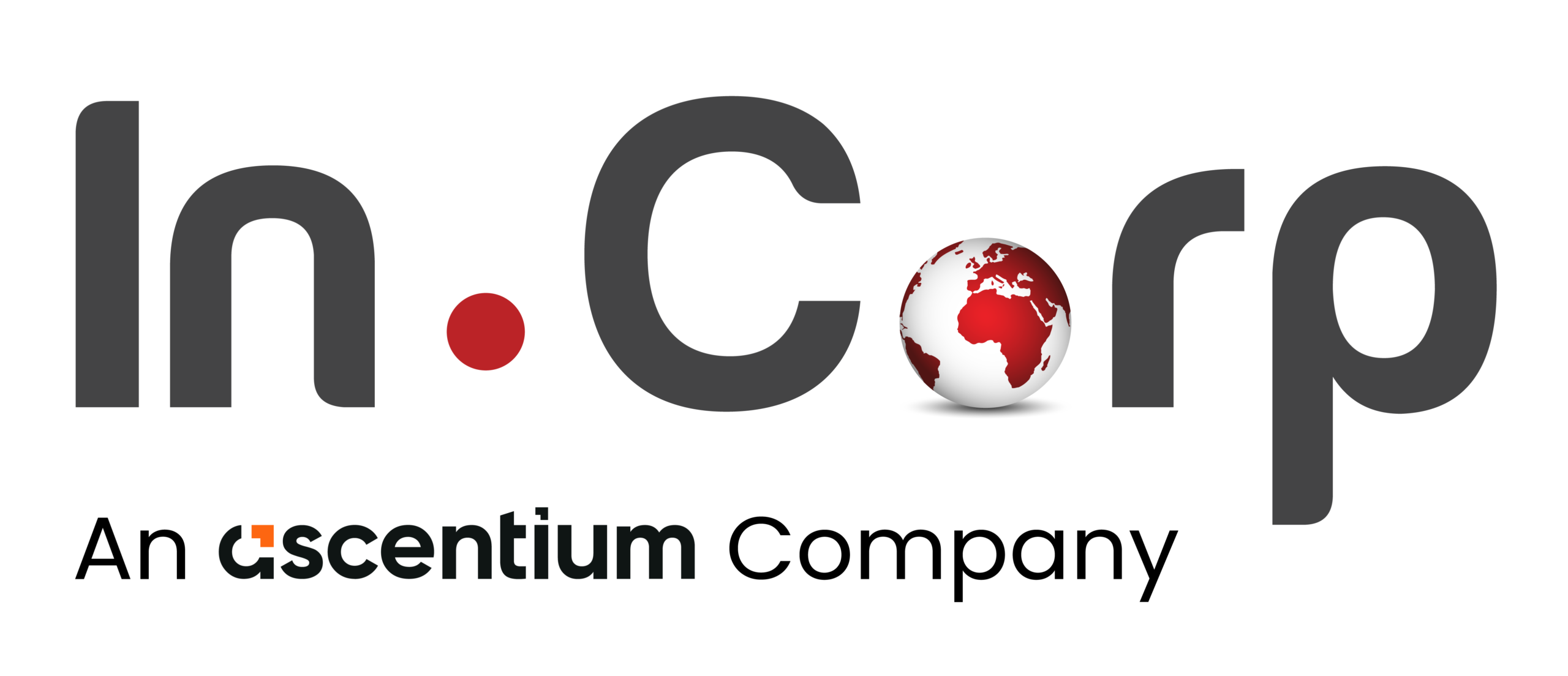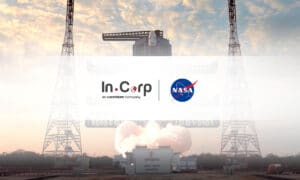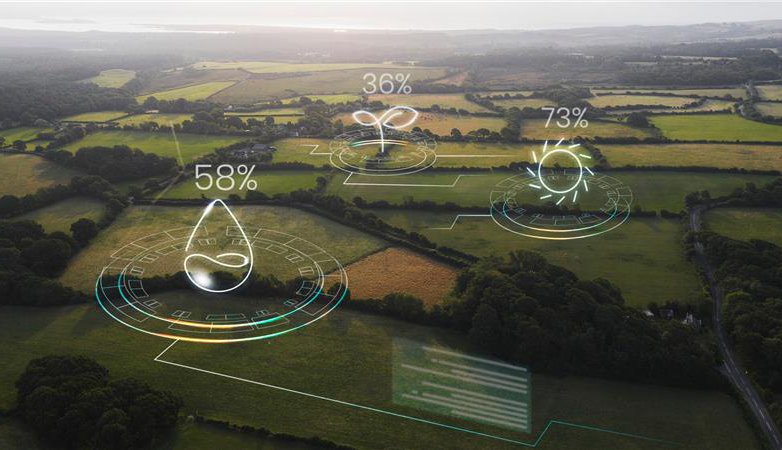SBTi Framework: Your Path to Net-Zero Emissions

SBTi Framework: Your Path to Net-Zero Emissions
Step-by-step guide to set Science-based targets: Improve Sustainability, Increase Credibility, and Achieve Net-Zero Goals
- Authors
- Last Updated
- Tags
- Last Updated
- Tags
Share
Table of Contents
- Authors
- Last Updated
- Tags
With the advent of ESG and sustainable practices, businesses are ever more vigilant in reducing Greenhouse Gas (GHG) emissions to fight climate change. The Science Based Targets Initiative (SBTi) helps businesses in developing an environmentally sustainable roadmap to reduce emissions over time. It is in accordance with the Paris Agreement that aims to lower global warming to 2°C pre-industrial levels. It is a collaborative effort between CDP, the World Resources Institute (WRI), the World Wildlife Fund for Nature (WWF), and some more institutions. This blog discusses SBTi in comprehension while listing a step-by-step guide to implementing SBTi to reduce emissions.
Who Can Join SBTi?
The Science Based Targets initiative delivers sector-specific targets that can be achieved. Also, SBTi encourages all companies to develop a pathway to reduce global emissions. However, special focus is laid upon high-emission sectors. SBTi currently does not assess cities, local organizations, and non-profit organizations. Anyhow, cities and local governments can use the Science Based Targets Network (SBTN) guidance to develop a tailored plan for themselves.
Before beginning your SBTi journey, there are a couple of steps to be addressed:
Setting the Foundation: Your Base Year
Your company needs to choose a base year in comparison to which your company’s progress will be measured. Because the Paris Agreement was established in 2015, you have to choose a year after 2015.
You will also need to decide which emissions to include:
Scope 1: Scope 1 includes emissions from owned or controlled sources.
Scope 2: Scope 2 is indirect emissions from the energy that is being used.
Scope 3: Indirect emissions occurred throughout your value chain
Types of Targets: Near-Term vs. Net-Zero
Under SBTi your company can select from the two types of targets that are available:
Near-Term Targets: As the name suggests this type of target is usually within 5 to 10 years starting from your selected base year. These targets demonstrate your immediate actions and progress.
Net-Zero Targets: Net-zero targets aim to reduce emissions to balance out and become zero. Your company must reduce emissions to a point where it can be balanced out to reach a net zero.
Steps to Set Your Science-Based Targets
Science-based targets for reducing emissions can be set by following the steps below:
1. Commit (Registration)
Start by committing to the SBTi by following the steps listed below:
To start the process your company shall commit to the SBTi. This can be done by filling out a SBTi Commitment Form. There you can check your company’s eligibility and select the type of target (Near-Term or Net-Zero) your company strives to achieve. Once this is done, you can upload a signed SBTi Commitment letter and submit your application.
After submitting your application, the Science Based Targets Initiative (SBTi) will review your application. If approved, your company will be recognized as ‘Committed’ on the SBTi website and their partner websites like UN Global Compact and We Mean Business. After this, you have 24 months to submit targets to SBTi.
2. Develop Your Targets

To develop your targets with the SBTi, here is a step-by-step guide:
i. Understand Your Emissions: You need to identify and quantify emissions within each scope using standardized methodologies like the Greenhouse Gas Protocol.
Scope 1: Scope 1 includes emissions from owned or controlled sources.
Scope 2: Scope 2 is indirect emissions from the energy that is being used like heat, electricity, or steam.
Scope 3: Whatever indirect emissions have occurred throughout your value chain comes under Scope 3. Activities, like purchased goods and services, transportation, and product, use fall under this.
ii. Set Your Baseline and Boundaries: Your company will have to choose a base year (post-2015). The base year data should be accurate and holistic, often it is the most recent fiscal year. Based on that, you must define the boundaries of your emissions including subsidiaries and joint ventures.
iii. Choose Your Methodology: For Scope 1 or Scope 2, targets need to be met within a 5 to 10-year period. It also aligns with the 1.5°C target in accordance with the Paris Agreement. Now, for Scope 3, if your emissions make up over 40%, your company will need to set specialized targets:
- Methods for setting targets
- Cross-sector absolute reduction: Reducing emissions by at least 4.2% every year.
- Sector-specific pathways: These can be absolute reductions or intensity convergence, depending on the sector.
- Renewable electricity (Scope 2): Source 80% renewable electricity by 2025 and 100% by 2030.
iv. Assess Your Ambition: Companies have to ensure that the targets are aligned with the latest developments in the field of climate science. Secondly, the targets should be decisive enough to steer meaningful reductions in emissions. Lastly, the use of methodologies and frameworks with credible data will ensure substantial reductions. Also, stakeholders and sustainability experts should be consulted to validate the desired targets.
v. Submit for Validation: After all the above steps are completed, the targets should be sent to SBTi for validation. They also ensure that the targets are in line with the climate goals.
3. Submit
Here is what you need to do to submit your targets to SBTi:
Relevant forms are to be filled based on your organization and target type.
| Near-Term Targets | Corporate target submission form and SBTi Target Setting Tools |
| Net-Zero Targets | Net-Zero Tools |
| Target Update | SBTi Target Update form |
| FLAG Targets | FLAG Annex and SBTi FLAG Tool |
| Financial Institutions | Financial Institutions Near-Term Target Submission Form |
| SME Targets | SME Validation form and the SME Checklist |
After you have identified and filled the forms, sign the agreement and submit the fees to move forward with the validation process. Your company will be assigned a technical expert who will communicate with you regarding the process. When you complete all the steps listed above you will receive a validation decision with detailed feedback.
4. Communicate
Once the targets have been approved by the SBTi, your company should look forward to disseminating them. The targets will be published on the Science Based Targets initiative’s (SBTi) Target Dashboard. Within one month of validation, SBTi publishes targets weekly. Within six months, the targets have to be published, or revalidation would be required again. The publication should, however, be done following the communication guidelines that are a part of the Welcome Pack of the SBTi.
5. Disclose
Transparency is one of the key aspects in the field of ESG. It is immensely important to publish your emissions and monitor the progress achieved in realizing the targets in the Annual Disclosure. There are many platforms through which dissemination can be achieved like CDP’s Climate Change questionnaire, annual reports, sustainability reports, or traditionally on your company’s website.
6. Recalculation and Target Validity
Keep your targets up to date
- Review your targets: Review your targets every five years to ensure they meet the latest SBTi criteria.
- Recalculate and revalidate: Recalculate and revalidate targets when significant changes occur, such as a 40% or more change in scope emissions, changes in company structure, or significant changes in data sources or methodologies.
Case Study: Wipro’s Journey to Net-Zero
To understand the process through a real-world example, we will be looking at Wipro and its amalgamation of targets following SBTi:
Commit
Wipro signed the commitment of SBTi to reduce its greenhouse gas (GHG) emissions. By signing the commitment, Wipro sets an example for other companies with their dedication to reducing emissions using the latest climate science interventions.
Develop
Wipro calculated emissions throughout their varied inventory covering all the three ‘Scopes’ mentioned above. Wipro set a near-term target of reducing Scope 1 and Scope 2 emissions by 25% by the year 2025, taking 2016 as a base year. It has also set long-term targets to reduce Scope 1, Scope 2, and Scope 3 GHG emissions by 90% in the year 2040 from the same base year. There are various initiatives by Wipro to achieve these targets. They plan on implementing energy-saving technologies while transitioning to 100% renewable electricity by the year 2030. Lastly, they have consulted with stakeholders and expert individuals to ensure that the set targets are achievable.
Submit
Wipro adhered to all the requirements set by SBTi validation, including holistic documentation and strategic outline. This helped them achieve a smooth validation process.
Communicate
After getting successful validation from SBTi, Wipro communicated to all the stakeholders. Their targets were published on the SBTi website along with their communication platforms.
Disclose
Disclosure of targets and progress is one of the central strategies of Wipro. Wipro disclosed the information on CDP’s climate change questionnaire and the annual reports, depicting detailed emissions data and sustainability initiatives.
Recalculation and Validity
Wipro regularly reviews and updates its targets to stay aligned with the latest scientific criteria. Periodic reviews are done every five years or when needed due to significant changes. Additionally, recalculations are performed, and targets are revalidated with SBTi to maintain relevance.
The Impact
Wipro’s success story with SBTi exemplifies how a company with the help of SBTi can realize its full potential towards sustainability. The detailed approach and commitment will serve as a leading example for the whole economic landscape of India. These efforts will also contribute towards limiting the global warming to 1.5°C.
For more detailed insights, check out the full case study on Wipro’s journey to net-zero here.
Join the Movement
Setting up targets that transform the environment sustainably is very crucial. The Science Based Targets Initiative (SBTi) aids businesses in achieving and setting up science-based targets. SBTi aligns companies with the latest scientific developments that have emerged in the field of climate change. Wipro’s success story serves as a perfect example of how SBTi can be used to reap tangible benefits using the SBTi mechanism. Join the growing movement of businesses taking meaningful climate action and make your contribution to a zero-carbon future today.
Why Choose InCorp Advisory?
InCorp has holistic solutions for various ESG frameworks and principles. Our in-house experts will guide your business to a sustainable future. If you have any further questions or need more assistance regarding the SBTi process, please feel free to contact us. Our experts will happily answer all your queries. To learn more about our services, you can write to us at info@incorpadvisory.in or reach out to us at (+91) 77380 66622.
Frequently Asked Questions
SBTi provides a framework for businesses to set science-based emissions reduction targets, helping them align with the Paris Agreement’s goal of limiting global warming to 1.5°C.
Science-based targets ensure that emissions reductions are in line with climate science, helping companies mitigate climate risks and improve sustainability credibility.
Benefits include enhanced credibility, alignment with global climate goals, improved investor confidence, and competitive advantage in sustainability.
By setting science-based targets through SBTi, businesses can ensure their emissions reduction efforts contribute to global climate goals and mitigate environmental risks.
Key steps include committing to SBTi targets, collecting emissions data, setting reduction goals, implementing action plans, and regularly monitoring progress.
Share
Share







































































